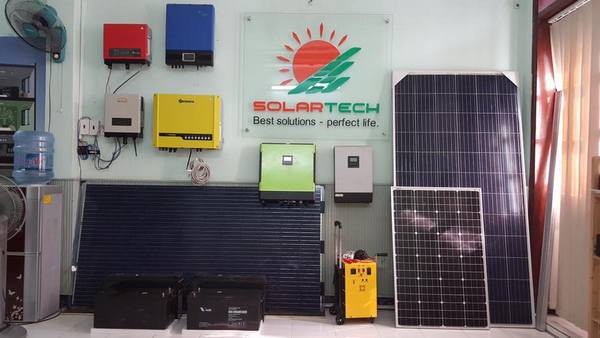blog
What are the two types of ducts
NỘI DUNG TRANG
There are two types of ducts: metallic ducts and flexible ducts. Metallic ducts are made from sheet metal and are used in commercial applications. These metallic ducts come in flat, elbow or rectangular shapes and offer the highest level of air velocity, temperature control and dust containment. Flexible ductwork is typically made from fiberglass or insulated plastic material, with a liner of aluminum, vinyl or mylar for protection. This type of duct is designed to fit snugly around bends, which makes them great for longer applications where straight pipelines would be too restrictive. They come in any shape and size required by the application, and can deliver both heated and cooled air due to their insulating properties.
Introduction: What are ducts and how they are used in HVAC system
Ducts are an integral part of any home or commercial air-conditioning system, and the two most common types of ducts are round ducts and rectangular ducts. Round ducts are the most cost-effective way to deliver heated or cooled air while rectangular ducts are generally used when space is tight, such as in crawl spaces. Both have their advantages and disadvantages, but understanding which type of duct to use starts with knowing what they do.
In simple terms, ducts are channels that carry airflow from a source to specific points in a building where it is needed. The most common centrally installed heating and cooling systems use either forced or return air into each room by drawing the air through a main plenum using a blower motor or fan. The standard method for this process uses two passes of metal sheet metal ductwork known as “trunk lines” that branch off into smaller branches leading to each room’s flow register (or outlet vent). This air distribution system is often referred to as an HVAC system’s “ductwork.”
Main Types of Ducts:
The two main types of ducts are sheet metal ducts and flex ducts. Sheet metal ducts are rigid and they come in seresto 8 month flea & tick prevention collar for cats a variety of sizes, shapes, and materials to accommodate a range of applications. They can be found in residential, commercial and industrial settings and can handle pressures up to 10 inches water column. Flex ducts on the other hand are made out of flexible sections or a single section that is bent and riveted together. They have recently become a popular choice due to their ability to fit into awkwardly shaped spaces with fewer fittings and connectors than sheet metal ducts. Depending on their construction materials, flex ducts can in fact handle higher pressures of up to 15 inches water column. Both types of ducts both serve the same purpose: to move air from one point to another. They both require insulation for temperature control purposes and need to be regularly serviced for proper functioning.
Spiral or round ducts
Spiral or round ducts are a type of ducts that can be used for air distribution. These ducts are made from sections of small diameter pipes twisted together to form longer tubes. The helical shape means that the tube can be bent and curved, allowing for more flexibility and making it easier to fit through tight spaces.
These types of ducts are most commonly used in applications where space is tight, such as in offices or small homes. Round spiral ducts are also typically less expensive than rectangular ducts because they require less material for construction. The shape also helps reduce noise when the air passes through it, making it an ideal choice for quieter airflow systems.
Rectangular or flat oval ducts
Rectangular or flat oval ducts are the most common type of ductwork available. They provide uniform air flow, cost less to install than round ducts, and can fit into many existing structures more easily than round ductwork. Rectangular or flat oval ducts come in a variety of sizes to accommodate different airflow requirements and pressure levels. These ducts are easy to install, maintain, and adapt with accessories like elbows and transitions.
Rectangular and flat oval ducts are ideal for systems with limited space as they tend to require fewer elbows or other fittings for installation as compared to round duct work. For example, rectangular dampers may be installed in a line of straight sections if necessary rather than an elbow section to change directions. Overall, rectangular or flat oval ducts provide a reliable system that can deliver effective airflow performance at a reasonable cost.
Benefits of using spiral and rectangular ducts
Using the right type of ducts can make all the difference when it comes to efficient air distribution in your home or office. The two most popular types of ducts are spiral and rectangular, each offering unique benefits for different spaces.
Spiral ducts are highly energy efficient, thanks to their tight turns which allow for maximum flow without any turbulence or pressure losses. These ducts also require less material for fabrication than rectangular ducts, making them a cost-effective choice.
Rectangular ducts offer more flexibility when it comes to configurations and installation options, allowing you to place them where space is limited. They create less noise than spiral ducts due to their lack of a thinner profile and larger diameter turning radius.
In the end, choosing between spiral and rectangular ducts should be based on your specific needs. Both types have their own advantages, so weigh the pros and cons before deciding which one is right for you!






